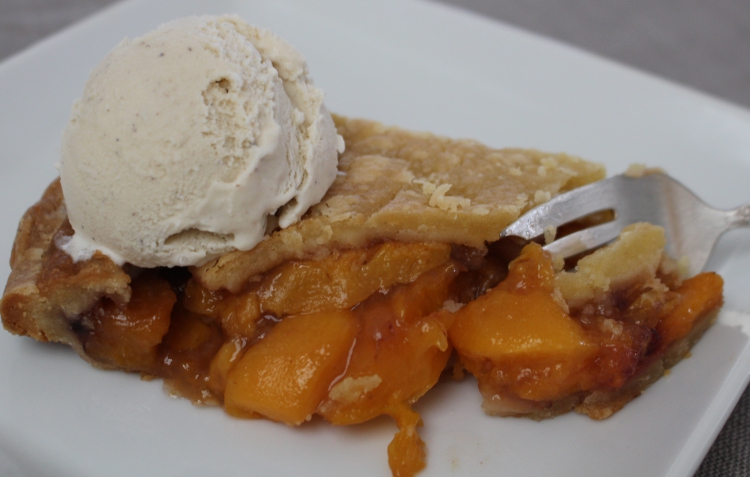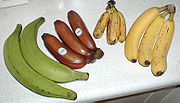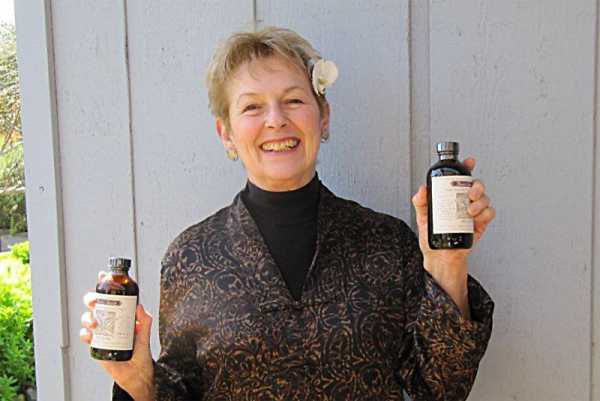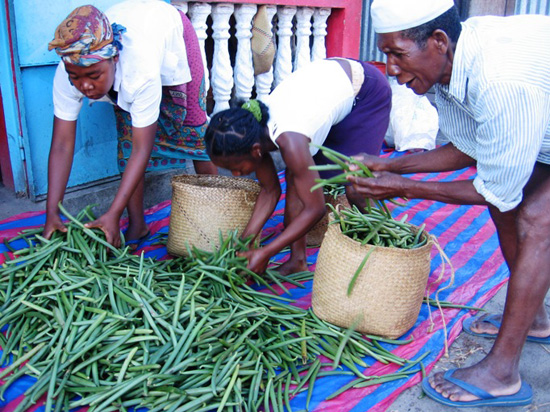
I'm amazed at how superior your vanilla is!
– Des, The Grommet

The Banana, Musa acuminata, originated in the Indo-Malaysian tropical jungles and early wild varieties were found as far south as northern Australia. It is an herbaceous plant that can grow to 25 feet or taller and looks like a tree. In fact, it’s the tallest herb in the world, a member of the orchid family and may be the world’s first fruit. Alexander the Great discovered bananas in India and brought them to the Western world. Arabic slave traders brought the banana to Madagascar where it traveled via migrants and traders to other parts of Africa. In Guinea it was called banema; the Arabs called it banan for “finger,” as the early bananas were extremely small.
In Africa the banana went through many genetic changes, becoming somewhat more like the bananas we know today. In the 1400s, Portuguese slavers brought banana stock to the Canary Islands, where plantations were established. Continuing the banana’s travels westward, the rootstocks were packed onto a ship under the charge of Tomas de Berlanga, a Portuguese Franciscan monk who brought them to the Caribbean island of Santo Domingo from the Canary Islands in the year 1516. It wasn’t long before the banana became wildly popular throughout the Caribbean as well as Central America. Bananas did not arrive in the United States until the 1870s when they were sold for 10 cents apiece at a centennial celebration of the Declaration of Independence.
The banana was probably the first fruit cultivated by man, and is now the fourth most cultivated fruit in the world. There are a number of varieties of banana, worldwide. In addition to being eaten out-of-hand, bananas are fried, boiled, roasted, mashed as an ingredient in baked goods, and even made into beer and wine. They are the most eaten fruit in the US.
Plaintains are botanically the same as bananas, and are sometimes referred to as “dessert bananas” to differentiate the two varieties. However, plantains are usually larger, firmer and have a lower sugar content than bananas. Bananas are most often eaten raw, while plantains usually require cooking. When they are still green or under-ripe, plantains are used much as we use potatoes, and are boiled, steamed, fried or mashed. Over-ripe plantains can be served baked with butter and brown sugar, and served with cream.
Bananas contain a number of healthy properties. They inhibit stomach acid, are high in B vitamins, iron, potassium and fiber. They can help to stabilize blood sugar, relieve symptoms of PMS, calm nerves, stimulate hemoglobin and strengthen the immune system.
I was given a small bottle of Rain’s Choice in a gift basket and I have been hooked ever since. The flavor makes all of my baking so much better! I will never use grocery store vanilla again!


© 2021. All Rights Reserved
Designed/Developed by Kat & Mouse